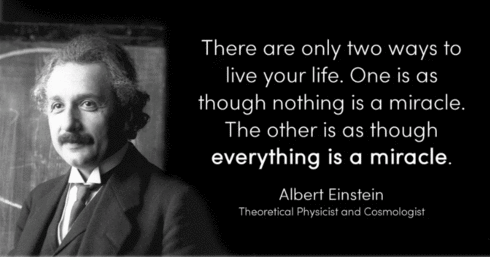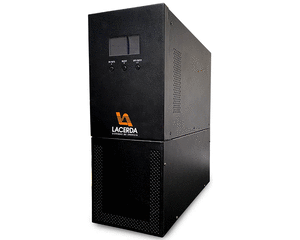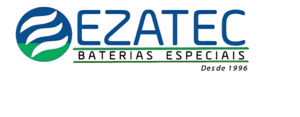No Blog Eletrônica de Potência você encontrará informações sobre teses,artigos,seminarios,congressos,tecnologias,cursos,sobre eletrônica potência. “TEMOS O DESTINO QUE MERECEMOS. O NOSSO DESTINO ESTA DE ACORDO COM OS NOSSOS MERITOS” ALBERT EINSTEIN. Imagination is more important than knowledge, for knowledge is limited while imagination embraces the entire world. EL FUTURO SE CONSTRUYE HOY,EL SUCESSO NO ES FRUTO DE LA CASUALIDAD,SE HUMILDE ,APRENDE SIEMPRE CADA DIA.
AUTOR DO BLOG ENG.ARMANDO CAVERO MIRANDA SÃO PAULO BRASIL

.gif)
“GRAÇAS A DEUS PELA VIDA,PELA MINHA FAMÍLIA,PELO TRABALHO.PELO PÃO DE CADA DIA,POR NOS PROTEGER DO MAL”
“SE SEUS PROJETOS FOREM PARA UM ANO,SEMEIE O GRÂO.SE FOREM PARA DEZ ANOS,PLANTE UMA ÁRVORE.SE FOREM PARA CEM ANOS,EDUQUE O POVO”


https://picasion.com/


domingo, 13 de abril de 2025
Resonant converter control strategy with analog and digital circuits
The resonant converter adjusts the output by changing the switching frequency. In traditional converters, the output voltage is first compared with a fixed reference voltage through an error amplifier. The output of the error amplifier determines the frequency of the output waveform of the voltage-controlled oscillator (VCO). The VCO controller can be implemented with a combination of digital-analog integrated circuits or a microprocessor.
Figure 5.26 shows a push-pull resonant converter VCO controller implemented by a digital-analog circuit. It includes a CD4046 digital phase-locked loop, a CD4013 D flip-flop, a resettable monostable multivibrator CD4528, a 16-bit buffer CD4050 and two AND gates CD4081. CD4046 generates a switching pulse signal vy (t) with a frequency change according to the error voltage vx (t) output by the error amplifier, as shown in Figure 5.27. These pulse signals are connected to the input of CD4013 D-FF and CD4528. CD4013 D-FF generates two anti-phase signals Q and Q (needed to drive the push-pull converter). By adjusting the 5kΩ potentiometer connected to the 2nd foot of CD4528, the pulse width is controlled by CD4528 and CD4011. The CD4050 provides the driving capability to the gate drive circuit, while the fast switching of the power MOSFET is usually realized by the totem pole structure.
Assinar:
Postar comentários (Atom)


Nenhum comentário:
Postar um comentário